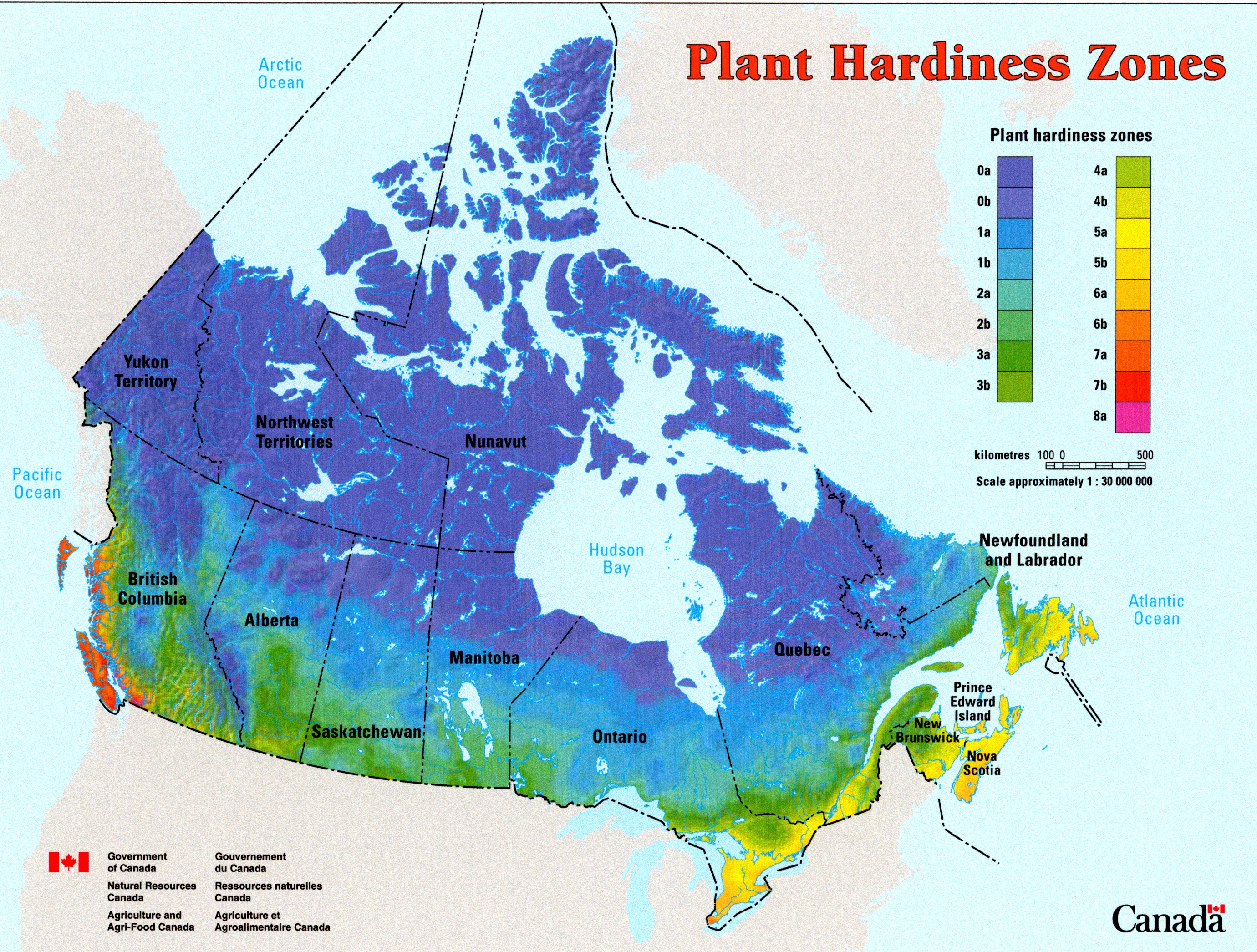
Nova Scotia lies in the mid-temperate zone and, although the province is
almost surrounded by water, the climate is closer to continental rather than maritime. The
temperature extremes of the continental climate are moderated by the ocean.
Described on the provincial vehicle-licence plate as Canada's Ocean
Playground, the sea is a major influence on Nova Scotia's climate. Nova Scotia's
cold winters and warm summers are modified and generally moderated by ocean
influences. The province is surrounded by three major bodies of water, the Gulf of Saint Lawrence to the
north, the Bay of Fundy to the west, and the Atlantic Ocean to the south and
east.
While the constant temperature of the Atlantic Ocean moderates the climate of
the south and east coasts of Nova Scotia, heavy ice build-up in the Gulf of
Saint Lawrence makes winters colder in northern Nova Scotia; the shallowness of
the Gulf's waters mean that they warm up more than the Atlantic Ocean in the
summer, warming the summers in northern Nova Scotia. Summer officially lasts
from the first Sunday in April to the Saturday before the last Sunday in
October. Although Nova Scotia has a somewhat moderated climate, there have been
some very intense heatwaves and cold snaps recorded over the past 160 years.
Due to the ocean's moderating effect Nova Scotia, on average is the warmest of
the provinces in Canada. It has frequent coastal fog and marked
changeability of weather from day to day.
Because Nova Scotia juts out into the Atlantic, it is prone to tropical storms
and hurricanes in the
summer and autumn. However due to the relatively cooler waters off the coast of
Nova Scotia, tropical storms are usually weak by the time they reach Nova
Scotia.

COME FOR A VISIT AND EXPECT TO STAY FOR A

